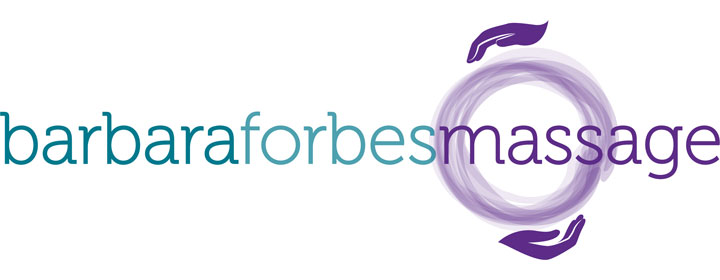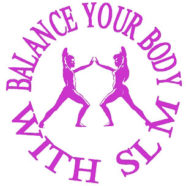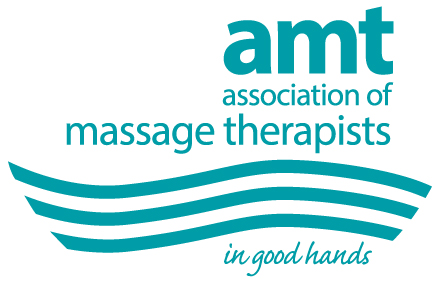MYTH NUMBER 1: We only need to seek massage when something is wrong with us
Simply not true. It is well known that massage can be beneficial in reducing muscular pains and spasm, reducing the chronic pain of injuries and helping with injury rehabilitation. However, massage can also be amazingly supportive for a number of other reasons:
- A relaxation massage can be profoundly relaxing and deeply nurturing. Just having one massage session has been shown to significantly lower heart rate, reduce anxiety and boost your immunity.
- Massage can enhance exercise performance and flexibility by loosening and relaxing tight muscles and joints which can help you remain active and injury-free.
- Massage can help to improve balance in older adults. Regular massage has been shown to promote relaxation and stability while helping temper the effects of dementia, high blood pressure and osteoarthritis.
MYTH NUMBER 2: Massages are supposed to hurt
An unfortunate myth related to massage therapy is that a client should expect a certain amount of pain during a treatment as that is part of the process. This is simply not true. The most effective massages are the ones that don’t cause you pain. Sometimes pressure is required but it should never be more than what you can comfortably breathe through. The correct technique with proper pressure will bring about the best results. Too much pressure can cause the muscles to spasm creating more problems and leaving you sore. A massage is meant to relieve the tension in your muscles so if you feel the massage therapist is applying too much pressure for comfort – just let them know.
MYTH NUMBER 3: The effects of massage are only temporary
During your lifetime, poor posture, accidents or injuries will affect your muscles by creating patterns of imbalances that spread around body affecting other muscles as they try to compensate. These compensations affect the mechanics of the body and its overall symmetry. A massage therapist is able to help release and relax problem muscles which allow changes to occur in the tissues reversing the compensatory patterns. These changes will continue to occur long after a session is complete. Combined with exercise, self-treatment, regular massages and good posture the body will be more responsive to these changes.



